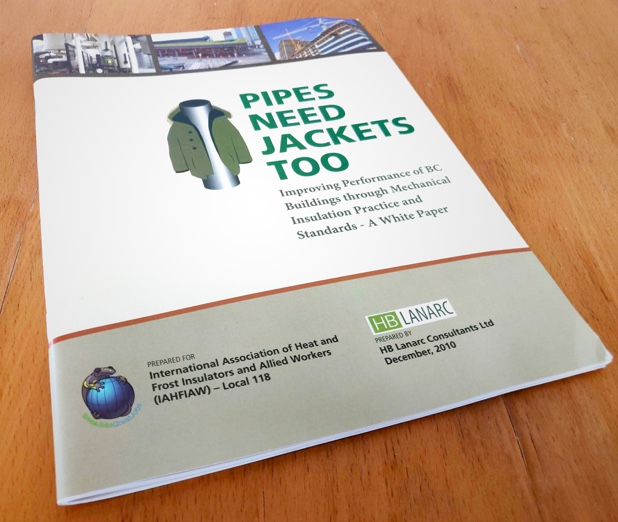What you don’t see
is costing you
A thermal imaging camera allows identification of significant heat loss.
Mechanical insulation Saves energy, saves the environment and saves money.
Learn MoreA thermal imaging camera allows identification of significant heat loss.
What you don’t see
is costing you
A thermal imaging camera allows identification of significant heat loss.
Mechanical insulation Saves energy, saves the environment and saves money.
Learn MoreWhy Insulate?
Mechanical insulation has so many benefits. There is no better way to save energy, reduce greenhouse gases and leave a lighter carbon footprint in your building developments than by using mechanical insulation
Environmental Sustainability
Save Energy & Money
Mould Prevention
Fire Prevention
Installing mechanical insulation in BC’s New and existing multi-unit buildings
will reduce CO2 emissions by
120,000 tonnes, save 620 GWh and
millions in energy costs.
Learn More
Installing mechanical insulation in BC’s New and existing multi-unit buildings
will reduce CO2 emissions by
120,000 tonnes, save 620 GWh and
millions in energy costs.
Learn More

Best Practices
Working with government and industry to establish consistent standards and best practices.
Learn More

Best Practices
Working with government and industry to establish consistent standards and best practices.
Learn More


News
July 31, 2019
Provincial Buildings go green with $58 million in Funding
Learn More
CleanBC plan to reduce climate pollution, build a low-carbon economy
Learn More